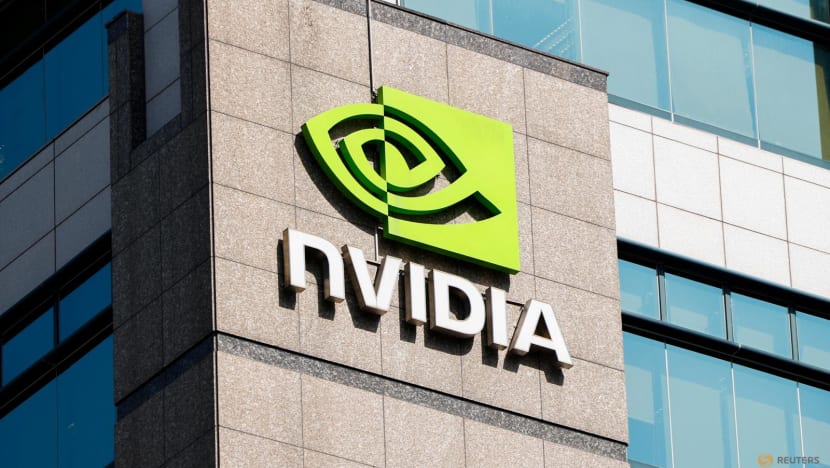The S&P 500 ended Monday on a rather ominous note, forming what is known as a technical ‘Death Cross,’ a chart pattern that is often seen as an indicator of a transition from a bull market to a bear market. What Happened: On Monday, the S&P 500’s 50-day moving average, often seen as an indicator of near-term trend, slipped below its 200-day moving average, which indicates long-term trend. Technical analysts view this as a sign of reversal, a point where short corrections can turn into lasting trends.
See More: US Stock Futures Slip As Investors Brace Themselves For Netflix, AmEx Earnings This Week — Nikkei Up On Strong Sentiment Traders flagged similar chart patterns in the Nasdaq 100 index on Wednesday, as well as the small-cap focused Russell 2000 index, which saw the pattern nearly a month ago. JUST IN 🚨: S&P 500 forms Death Cross ☠️ for the first time since March 2022 pic.twitter.

com/IHDcm9ZZ1s For the S&P, this is the first death cross in three years, the most recent one being in March 2022, following which the benchmark experienced immense volatility and declined 18% by October 2022, and 25% from its peak in January 2022, officially confirming its entry into bearish territory (a drop of 20% or more). Why It Matters: According to analysts, the death cross is usually a “Lagging Indicator,” which means that it confirms trends that have already occurred. Craig Johnson, a chief market technician at Piper Sandler Companies PIPR told MarketWatch that instead of signaling more losses, they signal a “snap back” rally.
In a note analyzing nearly 100 years of data, Paul Ciana , a technical strategist at Bank of America Corp. BAC , wrote that in 52% of the time that this pattern occurred, the average losses stood at a mere 0.5%, according to the report.
Ciana adds that while death crosses have been “inconclusive overall,” there is one critical tell, whether the 200-day moving average at the close has fallen for the past 5 trading days. This indicates that there is more room for “stocks to drift lower in the immediate future,” as reported by MarketWatch. A Reuters analysis, spanning 50 years, shows that the S&P 500 has seen 24 such death crosses, and only in about 46% of cases the selloff worsened after the pattern was seen, with an average decline of 19%.
Price Action: The SPDR S&P 500 ETF Trust SPY is down 3.6% this month so far, followed by the Invesco QQQ Trust QQQ which tracks the Nasdaq 100 index, and the SPDR Dow Jones Industrial Average ETF Trust DIA down by 2.4% and 3.
4%, respectively, so far this month. Photo Courtesy: RasyidArt On Shutterstock.com Read More: Mark Zuckerberg Defends Meta In Landmark Trial As FTC Seeks To Decouple WhatsApp, Instagram Stock Score Locked: Want to See it? Benzinga Rankings give you vital metrics on any stock – anytime.
© 2025 Benzinga.com. Benzinga does not provide investment advice.
All rights reserved..
The S&P 500 Closes With First 'Death Cross' Since 2022 - Here's What It Means For The Markets

The S&P 500 ended Monday on a rather ominous note, forming what is known as a technical ‘Death Cross,’ a chart pattern that is often seen as an indicator of a transition from a bull market to a bear market.What Happened: On Monday, the S&P 500’s 50-day moving average, often seen as an indicator of near-term trend, slipped below its 200-day moving average, which indicates long-term trend. Technical analysts view this as a sign of reversal, a point where short corrections can turn into lasting trends.See More: US Stock Futures Slip As Investors Brace Themselves For Netflix, AmEx Earnings This Week — Nikkei Up On Strong SentimentTraders flagged similar chart patterns in the Nasdaq 100 index on Wednesday, as well as the small-cap focused Russell 2000 index, which saw the pattern nearly a month ago.JUST ...Full story available on Benzinga.com















